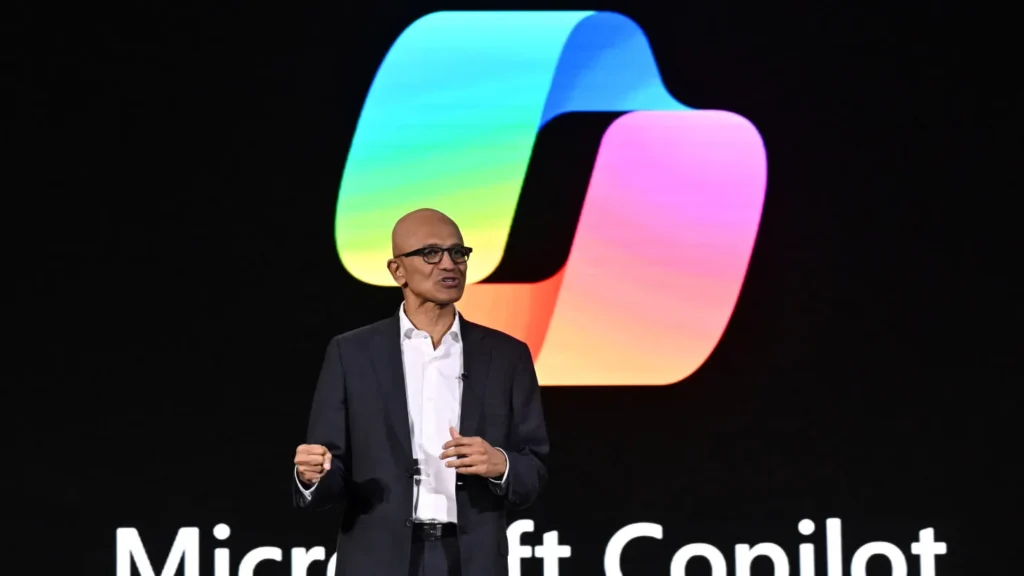The United States Postal Service (USPS) has been an integral part of American life for centuries, evolving from humble beginnings to one of the most reliable postal systems in the world. While it’s often taken for granted, the story of USPS is filled with innovation, perseverance, and adaptation to changing times. Let’s take a closer look at the journey of USPS, from its historical roots to its modern advancements.

A Rich History of Communication
The origins of the USPS date back to 1775 when Benjamin Franklin was appointed as the first Postmaster General by the Second Continental Congress. Tasked with organizing a reliable communication network between the American colonies, Franklin’s vision laid the foundation for what would become the modern postal system.
Under Franklin’s leadership, the postal system became more efficient, with better-organized routes and faster delivery times. He introduced innovative practices such as accounting for postal revenue and monitoring postmasters for better management. This set the standard for future postal practices, making mail delivery a more consistent and reliable service.
With the passing of the Postal Service Act in 1792, the system became more structured and accessible to the public. The act also established free press mailing privileges, allowing newspapers to be sent at reduced rates, which significantly contributed to the dissemination of news and ideas across the growing nation. Mail routes expanded rapidly, connecting rural and urban areas alike. The introduction of the Pony Express in 1860 marked a turning point, dramatically reducing the time it took for mail to travel between the East and West coasts. Though short-lived, the Pony Express became an iconic symbol of the rugged American spirit and the determination to bridge vast distances.
The Golden Age and Challenges
Throughout the 19th and early 20th centuries, USPS continued to grow. Innovations like the introduction of rural free delivery (RFD) in 1896 made mail accessible to remote areas, bridging the gap between rural communities and urban centers. The Parcel Post service, introduced in 1913, revolutionized how packages were sent and received, allowing consumers to receive goods directly from retailers without relying solely on local stores.
By 1918, USPS was taking to the skies with the inauguration of airmail service, marking the beginning of rapid mail transportation across the country. This development not only accelerated the speed of delivery but also paved the way for the growth of commercial aviation.
However, the service has not been without its challenges. The Great Depression saw mail volumes decline, putting financial strain on the agency. During World Wars I and II, USPS played a crucial role in maintaining communication between soldiers and their families. The rise of electronic communication in the late 20th century tested USPS’s adaptability, as emails and digital messaging became the preferred means of communication.
Despite these challenges, USPS continued to modernize. One of its most significant innovations was the introduction of ZIP codes in 1963, streamlining mail sorting and delivery. Automated mail processing centers further improved efficiency, helping USPS remain competitive in a rapidly changing communication landscape.
Modern Innovations and Digital Transformation
Today, USPS faces competition from private carriers and digital communication, yet it remains an essential service for millions of Americans. Innovations such as Informed Delivery allow users to preview their mail digitally before it arrives, giving customers greater control and transparency. Barcode scanning and GPS tracking have also improved the accuracy of package tracking and delivery updates.
In response to environmental concerns, USPS has started investing in electric vehicles and adopting sustainable practices to reduce its carbon footprint. Additionally, partnerships with e-commerce giants like Amazon and other online retailers have revitalized package delivery services, ensuring USPS remains relevant in the age of online shopping.
The Road Ahead
Despite financial and logistical challenges, USPS remains a cornerstone of American infrastructure. Ongoing modernization efforts, including investing in digital technology and eco-friendly initiatives, are essential to its long-term survival. The focus on sustainability and technology will play a critical role in maintaining its relevance in a rapidly changing world. As USPS continues to evolve, it must balance tradition with innovation to meet the ever-increasing demands of modern communication and delivery.
Reflecting on USPS’s Legacy
From horse-drawn carriages to digital tracking, US Postal Service has transformed dramatically over the centuries. Its ability to innovate while maintaining its commitment to public service is a testament to its enduring legacy. As technology and consumer demands evolve, USPS’s journey of adaptation and innovation will undoubtedly continue to shape its path forward.
















